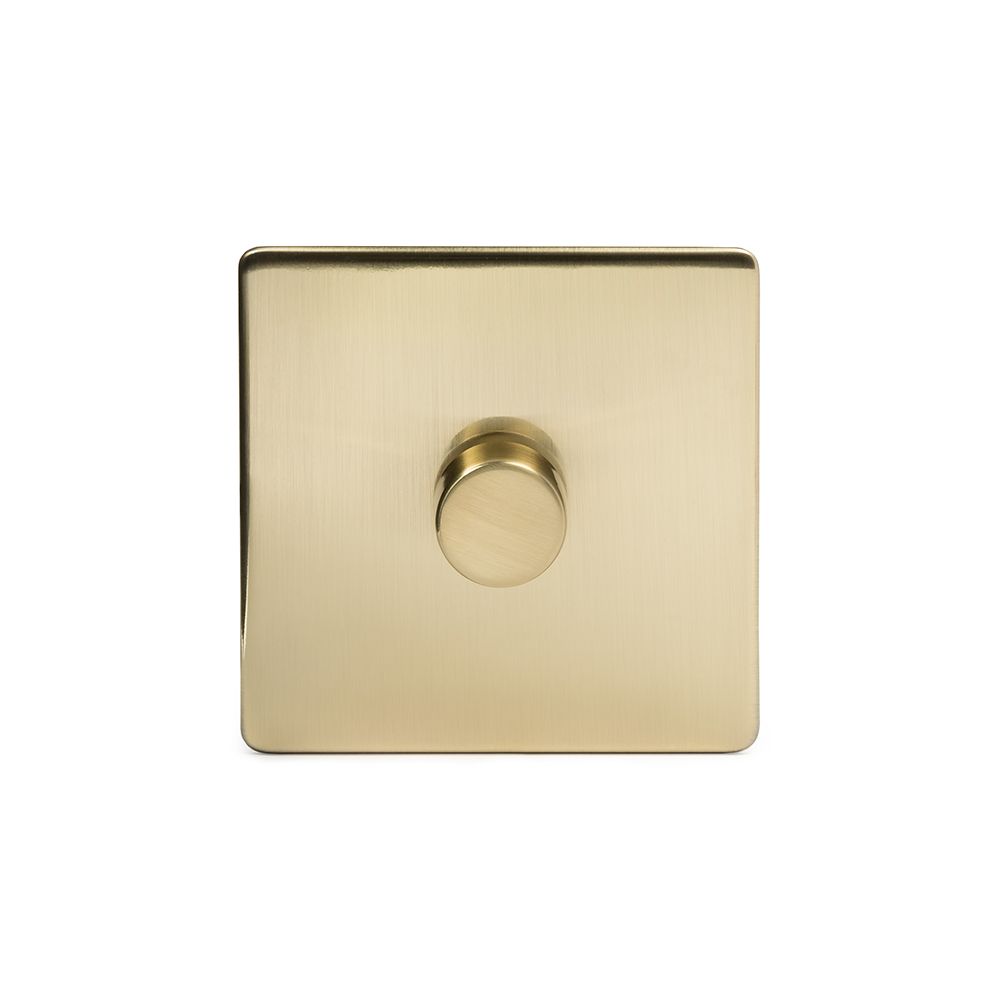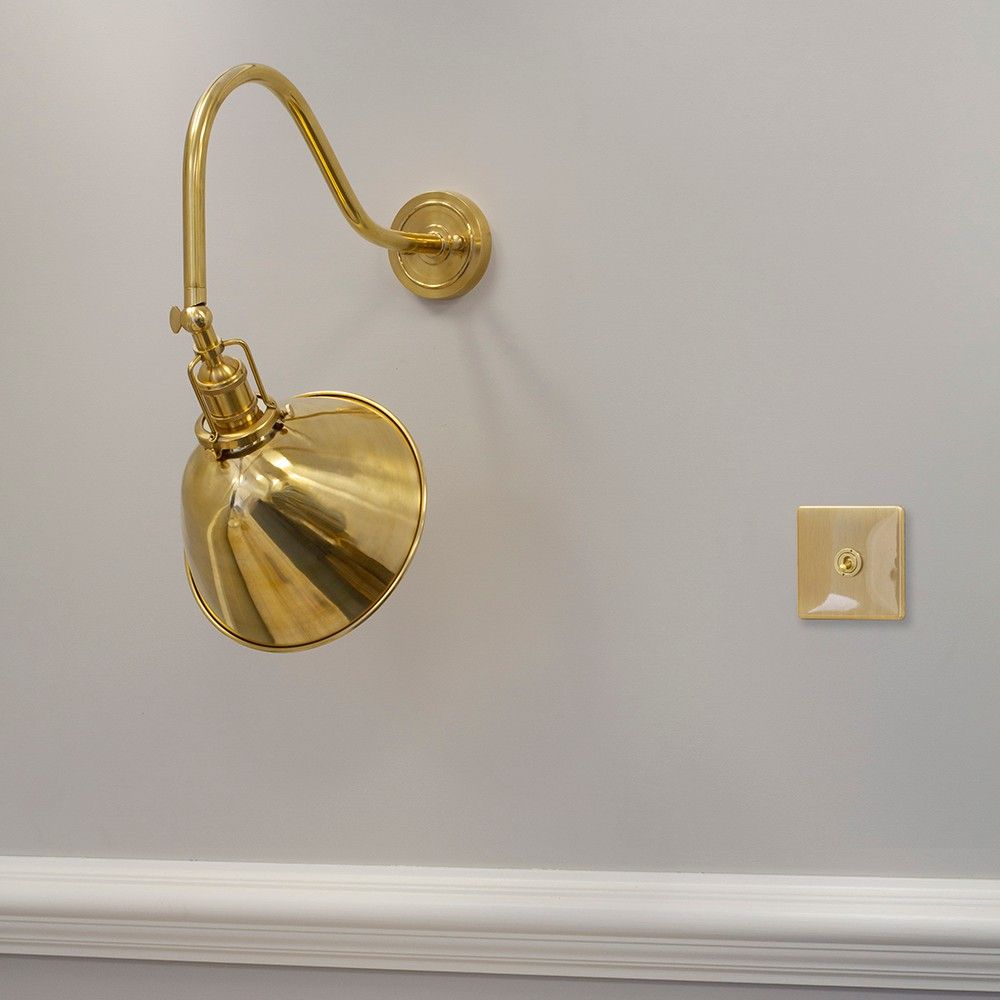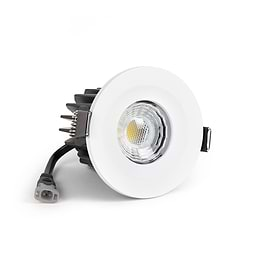The Ultimate Guide To Bedroom Lighting
The Ultimate Guide To Bedroom Lighting
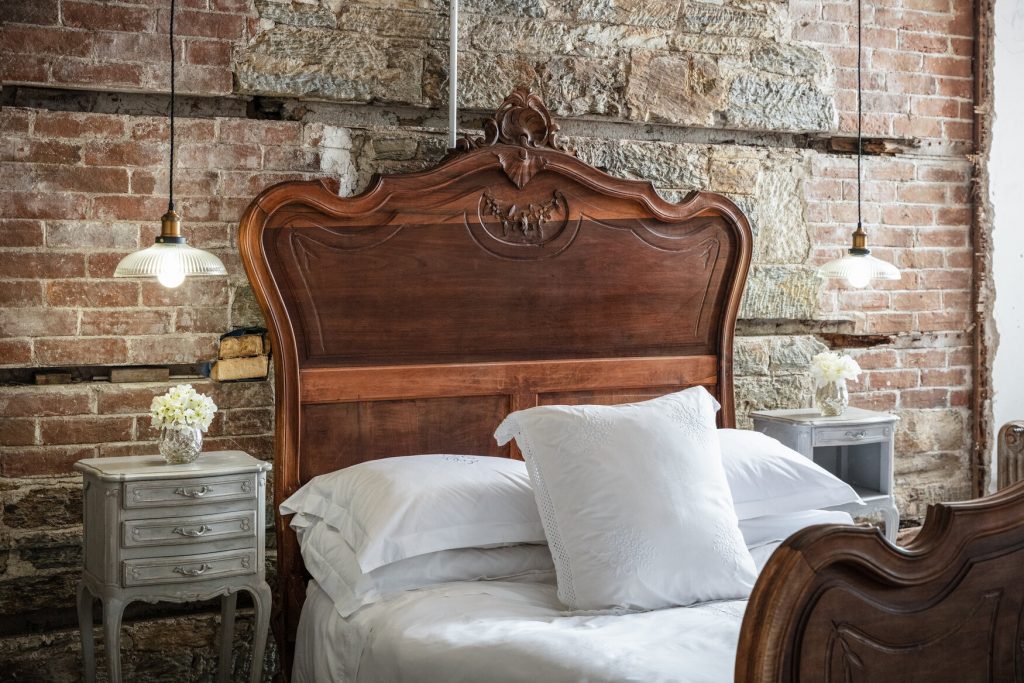
We spend a lot of time in our bedrooms so getting the bedroom lighting right is worth the thoughtful consideration.
Whether it’s ensuring you have enough light for bedtime reading, a well-lit space for getting dressed, or simply creating a romantic mood.
We look at ways that you can make your bedroom a relaxing sanctuary whilst also making it functional.
The Ultimate Guide To Bedroom Lighting
Flexibility - Dimmer Switch
Having complete flexibility and control over your lighting setup is the first place to start when choosing your bedroom lighting.
A dimmer switch in a bedroom can be a great idea for controlling lighting. It allows you to adjust the level of light in the room to suit your needs and mood.
With a dimmer switch, you can create a relaxing atmosphere for winding down at the end of the day, or brighten the room for tasks such as reading or getting dressed. They are the ultimate in achieving a fully personalised and comfortable bedroom space.
Dimmer switches can also save energy by allowing you to use lower levels of light when full brightness is not needed.
Task Lighting
Task lighting is any type of lighting that is used for activities such as reading, or getting dressed. It is designed to provide focused light on a specific area, rather than illuminating the entire room.
In a bedroom, task lighting may be needed at a desk or work area, a vanity or dressing table, or near a comfortable chair or reading nook.
Some examples of task lighting for a bedroom might include a desk lamp, a wall-mounted reading light, downlights or a floor lamp with an adjustable head.
It is important to choose task lighting that is bright enough to adequately illuminate the area where it will be used, while also being energy-efficient and easy on the eyes. Task lighting can be an important part of creating a functional and comfortable bedroom space.
Downlights
Downlights are one of the best forms of task lighting as they can be directed exactly where you need the light. However, they should only be used for task lighting in areas that need it, and not throughout a bedroom.
This type of lighting would work perfectly for highlighting a vanity table or desk, reading nook or for backlighting shelves and wardrobes.
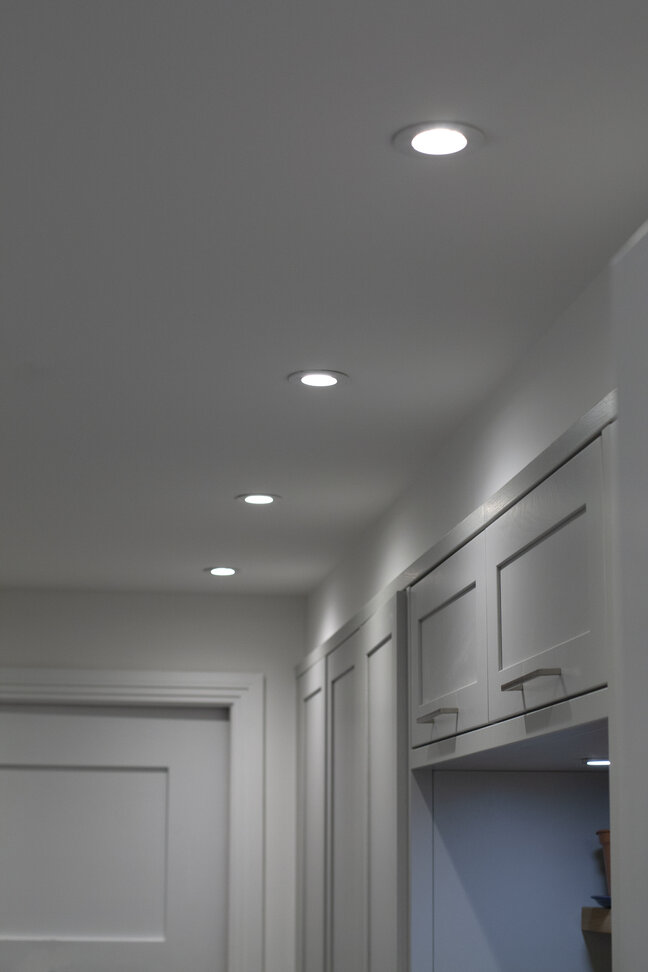
Wall Lights
Introducing wall lights to a bedroom is a great way to create a layered lighting scheme. They can be used in a number of settings from bedside lights to a desk light, to carefully placed wall lights around a bedroom for soft, subtle levels of light.
Wall lights can be a stylish and decorative element in a bedroom, adding to the overall ambience and design of the space.
Wall lights come in a variety of styles and finishes, so you can choose the ones that best fit the look and feel of your bedroom.
They can be used to complement other lighting sources or to provide additional task lighting as needed.
Pendant Lights
Pendant lights can be a stylish and decorative element in a bedroom. They can be used to complement other lighting sources such as wall lights, or provide additional task lighting as needed.
You can choose from a wide range of pendant lights, and consideration should be made about the sizing of the light.
An oversized pendant can look stunning in the right setting, but it can also make a room feel even smaller. Be aware of the measurements and size it up in the room before committing to the chosen light.
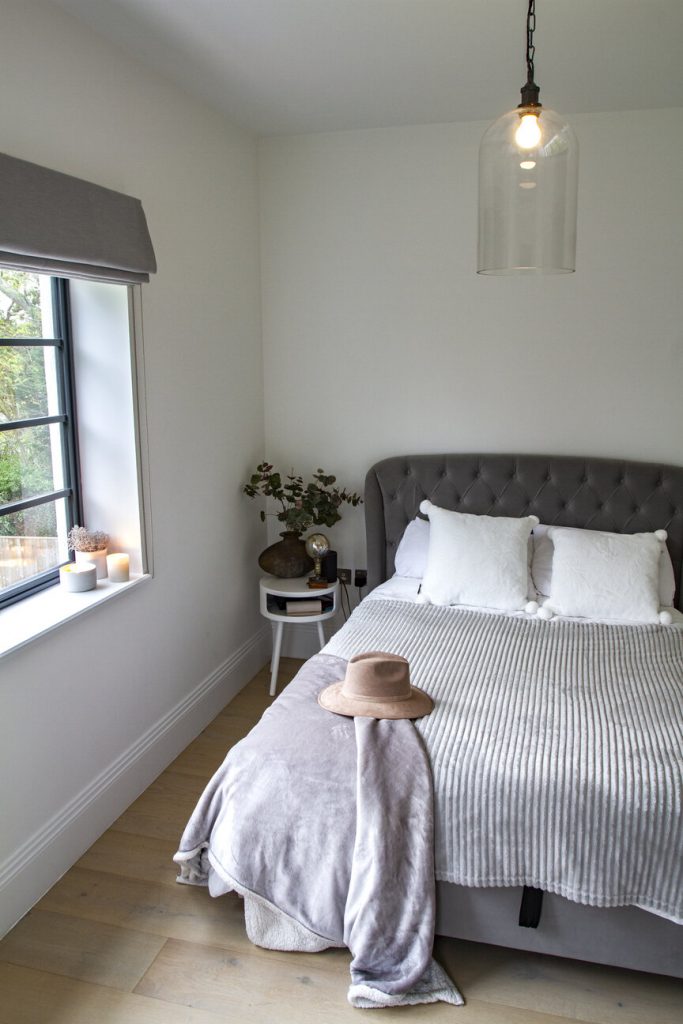
Table Lamps
For more controlled, task lighting you might also prefer the look of a traditional table lamp.
Table lamps are a perfect choice for bedside table lighting, reading nooks. They are a stylish addition to a set of shelves or for a desk setup within a bedroom.
You can combine aesthetics with functionality when it comes to table lamps to ensure it becomes part of your interior.
The Best Bulbs For A Bedroom
When it comes to choosing the best bulbs for a bedroom, there are a few factors to consider. One important factor is the colour temperature of the bulb.
Bulbs with a warm white or soft white colour temperature (2700-3000K) tend to be more soothing. These create a cosy, inviting atmosphere, which is ideal for a bedroom. Bulbs with a cool white or daylight colour temperature (4000-5000K) tend to be more energising. These may be better suited for tasks such as reading or getting dressed.
Brightness
Another factor to consider is the bulb's brightness, or lumens. For a bedroom, it is generally best to choose bulbs that are not too bright, as this can be harsh on the eyes. A bulb with a brightness of around 500-800 lumens should be sufficient for most bedroom tasks.
Lastly, you need to consider what type of bulbs you choose. LED bulbs are a popular choice for bedrooms because they are energy-efficient, long-lasting, and produce little heat.
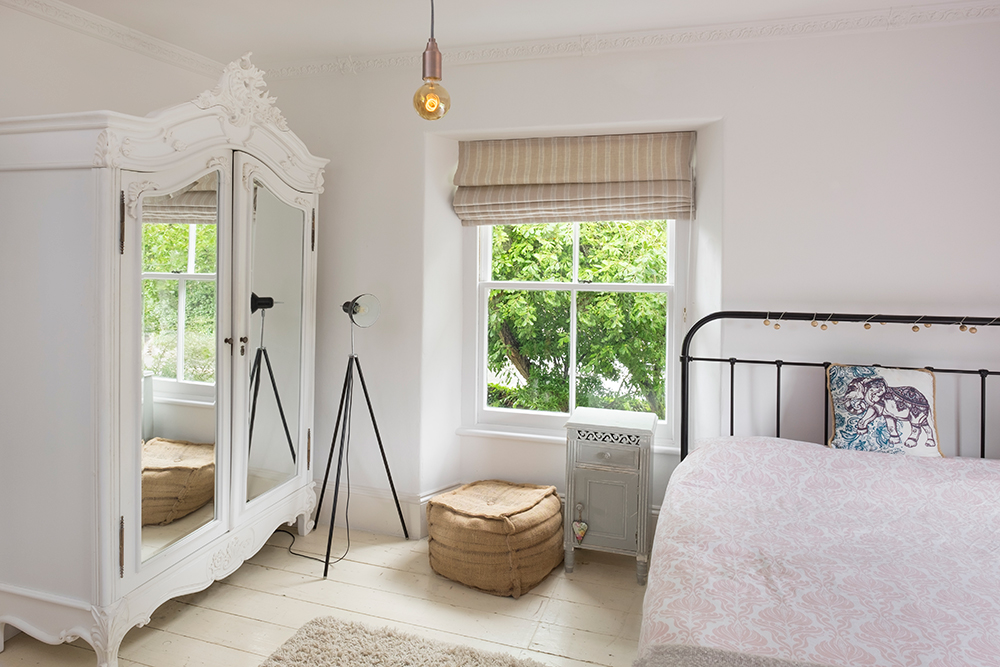
This bedroom lighting guide has hopefully provided some helpful insight into how to create a relaxing ambience in a bedroom that can be adjusted as the role of the room changes throughout the day with the right type of lighting setup.
Choosing between warm light and white light for your bedroom depends on your preferences and needs. Warm light, with a lower colour temperature, creates a cosy and relaxed atmosphere, perfect for winding down. White light, with a higher colour temperature, offers better visibility for reading or working. For a relaxing room, warm light is better.
The best bedroom light colour for sleep is warm white, typically with a colour temperature between 2700K and 3000K. This soothing, amber-toned light promotes relaxation and melatonin production, helping you drift off to sleep faster. Avoid cooler, bluish light (higher colour temperatures) as they can disrupt your circadian rhythm and make it harder to fall asleep.



